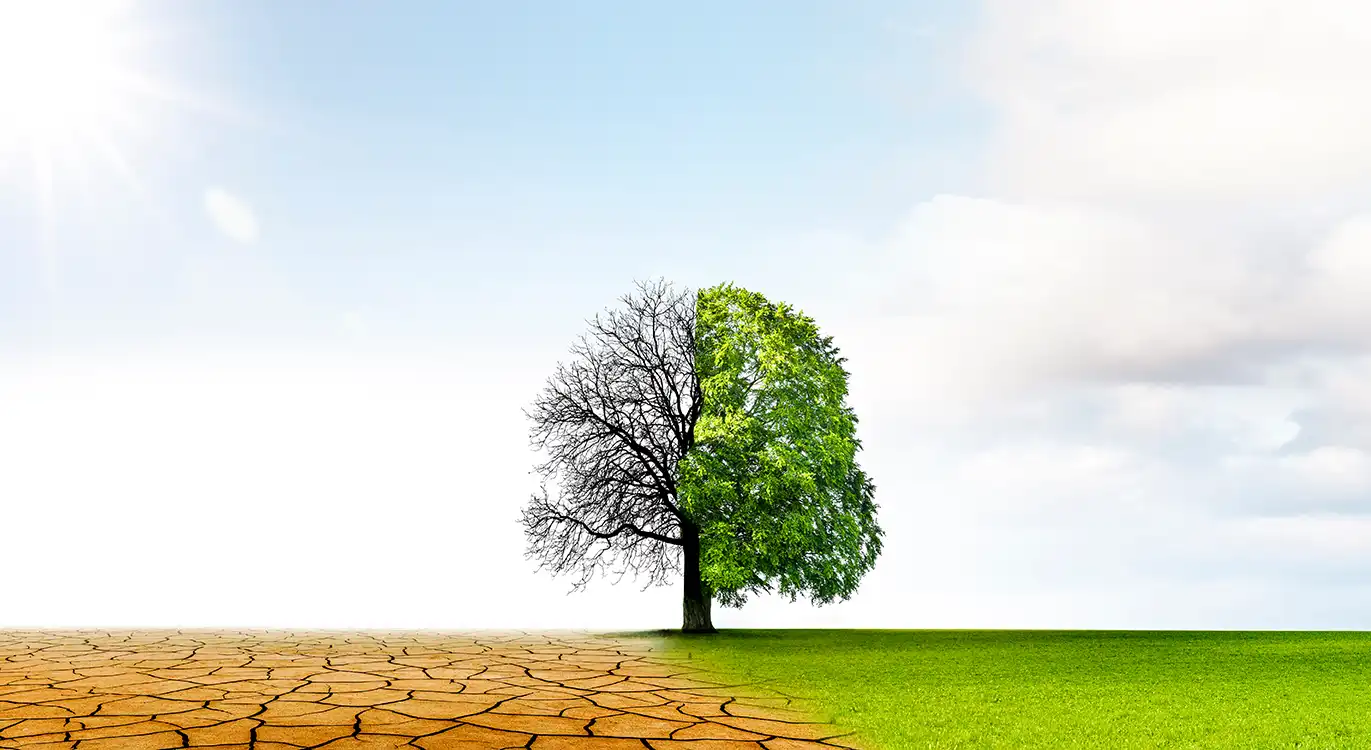Blog
Spatial Time Series is an interesting and curious concept. As discussed in our earlier blog all about Spatial Time Series, it’s all about feeding a Machine Learning algorithm with data points collected over a very specific interval of time and defined by their spatial position.
Though there are a lot of applications for this in the business world, the real power of Spatial Time-Series lies in its capabilities of bringing real change in the fight against climate change.
Exploiting the Machine Learning model to understand what changes will take place due to global warming can help policymakers to delineate a set of proactive measures to avoid natural disasters – rather than taking on reactive acts when the earth shakes or the tsunami hits.
According to this research paper, most of the data around biological effects of climate change are collected seasonally which lacks the spatial and the temporal changes that take place in a microenvironment.
Well, Spatial Time-Series is here to provide exactly that.
Understanding global warming to help decision making
Spatial Time-Series is becoming increasingly important in understanding global warming, predicting future temperatures and helping with environmental decision making.
A group of researchers from Ghent University and Chinese Academy of Agricultural Sciences have published an interesting article in the Advances in Atmospheric Sciences journal.
Their research focused on implementing a time series modelling to examine one of the most important environmental variables, the monthly records of absolute surface temperature.
This demonstrated that the surface temperature is going to rise and that their model can be used along with other environmental models to implement short-term environmental decision-making.
This model has the capabilities of improving communication between policy makers, environmentalists and researchers to bring active solutions on the table in terms of land utilisation, rising sea levels and natural disasters.
Prevention measures from natural disasters
Unfortunately, examples of extreme weather are becoming more and more frequent.
Just three months ago, India and Bangladesh were hit by heavy rains that caused the water levels of rivers to rise and flood all cities. It goes without saying that people were harmed and buildings were damaged.
Another example is brought by the extreme heatwave that Europe has experienced this past summer. This caused wildfires as well as extreme droughts.
In this context, Machine Learning and Spatial Time-Series can be the solution policy makers have been looking for to fight climate change and, most importantly, come up with preventive measures to fight natural disasters.
For example, one of the main benefits of using Spatial Time-Series is its ability to predict future outcomes. By analysing labelled data and identifying patterns, the most at-risk areas of future natural disasters will be predicted and policy makers will be able to implement proactive strategies to minimise the effects.
Offsetting carbon emissions
The goal of many companies is to reach “Net Zero” which means that they are trying to reduce the carbon emission that is generated by their operations.
According to the EPA, the total emissions of CO2 were around 5,981 Million Metric Tons of CO2 equivalent just in the USA. In this figure, the transportation industry contributed by 27% and is the largest source of greenhouse emissions.
The greenhouse gas in the transportation industry comes from the use of fossil fuels to operate vehicles.
Spatial Time-Series is a powerful tool to use to reduce the carbon emissions caused by transport and traffic. For example, if councils performed an analysis of the hourly or daily traffic volume data, they could understand the number of cars going from A to B and implement innovative strategies to reduce the traffic with effective urban planning that incentives the use of alternative means of travel.
Managing infrastructures
According to the IPCC, creating new buildings and maintaining them accounts for one fifth of the world’s emissions.
Not a great figure that puts managing infrastructure and offsetting carbon emissions at the top of the areas to tackle in the fight against climate change.
Spatial Time Series can help in managing and reducing the environmental impact of buildings, especially in cities.
For example, councils could use Spatial Time Series to understand which areas in the city are the most carbon intensive because of the heating and ventilation of their buildings. This could help policy makers to promote alternative energy to heat or to use electricity.
Conclusion
To wrap up, climate change is a phenomenon that we are all dealing with. It is still not a reality that we have to accept and there are steps that can be taken to reduce or to mitigate its effect. The solution lies in new technologies and the power of using untapped data.
Spatial Time Series is a powerful tool which has the ability of helping save cities and people by predicting and helping decision makers in their jobs.
